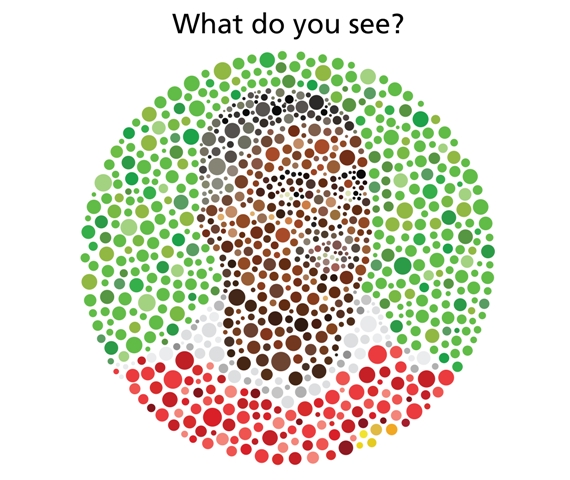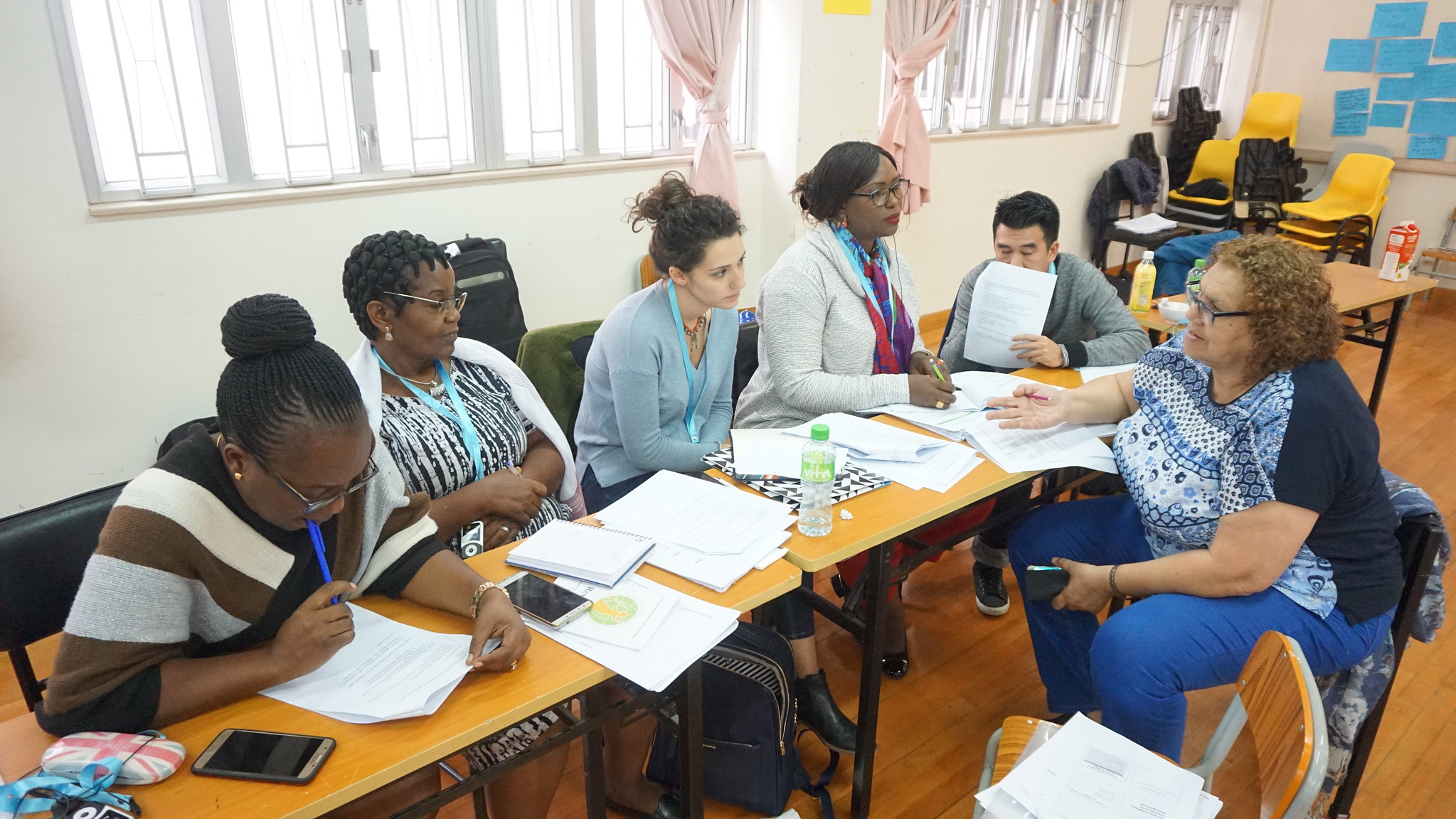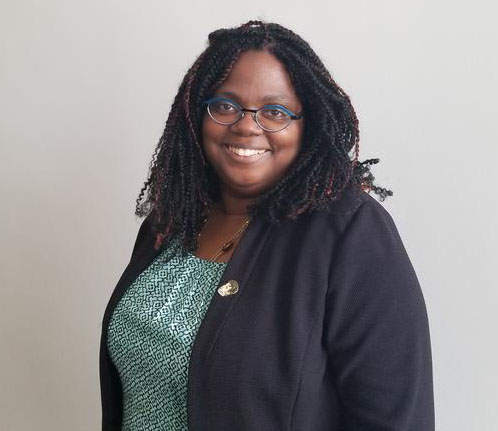|
|
Gwendolyn VanSant is the leader of Multicultural BRIDGE in Lee, MA. In 2017, Gwendolyn and her team helped launch the Not In Our Town movement in the Berkshires to unify communities throughout the county to stop hate, address bullying, and build safe, inclusive communities for all.
In addition to her writing, consulting and coaching, Gwendolyn VanSant organizes Berkshire area community leaders like Chief Jeffrey Coe of the Dalton Police Department to actively work on equity and justice issues in their area.
Of this experience, Chief Coe writes: "I'm proud to sign on to the NIOT pledge and promote it within our district because I believe it increases unity while bringing awareness of topics that would not occur to people otherwise. In working with BRIDGE, I've learned about ideas — and feelings other community members have — that I’ve either been unaware of or blind to. BRIDGE provided me with the foundation to be able to actively listen and understand the complexities of bias. On the path to greater diversity, this work has truly helped me keep an open mind and 'become comfortable with being uncomfortable' while maintaining respect for all in order to hold proactive discussions."
 |
| Image courtesy of the Episcopal Diocese of Missouri. |
A Closer Look at 'Colorblindness'
The following article is reprinted with permission from Gwendolyn VanSant's website.
I talk a lot about how I’m not a fan of anti-bias training (despite being in the training field) because the fact is, we all have bias and we always will. As human beings, we all have preferences that are a result of our cultural context. That is bias.
More than this, we have many different types of biases. Our biases are implicit, conscious, unconscious, environmental, and so on. We cannot fight against the fact that bias exists or fight what we deem as negative outcomes from searching and naming our bias, but we can take responsibility for acknowledging and navigating the outcomes of our biased behavior.
First, I want to name a byproduct of the bias of generational liberalism — or what I call the “sleepiness” that folks are trying to now “wake up” after the Civil Rights Movement — Colorblindness.
 |
Many people have attended my trainings where explore two important issues related to the bias intrinsic in colorblindness (which Mellody Hobson believes was an intentionally taught and therefore learned behavior). First, we demonstrate (through the National Center for Cultural Competence continuum) that colorblindness gets us only halfway to being proficient in navigating across culture and difference in a meaningful, sustainable way. Here is where we acknowledge how treating each individual, student, or employee “the same” can actually result in negative outcomes of early departure, isolation, discrimination, etc.
The second thing we do is explore the strengths and shadows (or blind spots) of this worldview and discuss how we see these manifest in our lives professionally and in a broader cultural sense.
According to Dr. Mark Williams’ research, it can be advantageous to have someone who is colorblind on your team because they believe “everyone is created equal” and there is no superior race or group. People who live through the colorblind lens know how to build an inclusive team from that lens. The problem is — and Williams shares this in his research, too — as soon as evidence of systemic bias or disparities show up, people who view the world through a colorblind lens fail to see nuances or acknowledge the impact of systemic inequities on individuals. They also don’t readily grasp the importance of an individual’s personal identity. An aspect of identity that may feel inconsequential to one person may be central to another person (things like food preferences, hair styles, accents, etc.) or even larger aspects like generational wealth and access.
Reverend Dr. Martin Luther King Jr. implored us to make decisions about a person based on their character, not their skin color. His invitation was to judge them on what you see that person do — their integrity, energy, and passion rather than their birth circumstance that gave them a social identity and role they did not ask for. This is true. But what he did not do is ask us to turn a blind eye on the privileges or barriers that social identities afford us. As Hobson warns, colorblindness is dangerous. She asks us to be “color brave” and to not ignore the problems we face from systemic discrimination and cultural biases that exclude and cause harm. (If you have not seen Hobson’s TED Talk, it is a must see! She encourages us to have brave, proactive conversations with authenticity and courage).
First, you need to own and learn to work with your bias. Then it’s about shifting the negative biases you hold that don’t serve you and leverage the ones that do.
Here are three ways to navigate your bias
1. Be explicit about your intention to work alongside people on change and equity projects and then follow through with full presence.
If equity and social justice is the “what” we’re after, the “how” is about creating a shared, trusting, and dynamic process towards transformation and organizational change involving all team members. I’ve written about what it means to work alongside versus “welcome in.” Most people understand or can parrot this idea, but fail to actually practice it. I tell leaders, you have to prepare yourself and your team to truly integrate an “other” by embracing the needs, values, and the value the person and their perspectives bring.
Following through on this means identifying your values and culture (deciding either to embrace or change it) and then moving on to the next step of sitting next to someone, not across from someone as Brené Brown suggests in Dare to Lead. The idea is to first know your values and then be curious about another’s values — listen first and ask questions later about both values and culture. Then together you can re-imagine a future based on those values and outcomes that you both share (or want to co-create).
 |
|
Gwen VanSant has worked with various town agencies to encourage multicultural training. She’s shown here with former Stockbridge Police Chief Rick Wilcox in 2015. Photo: David Scribner, The Berkshire Edge |
2. Acknowledge your bias with regard to how quickly you expect people of different lived experience to trust you. Do so proactively and in the moment when it comes up.
Despite intentions, notice your bias around trust. There are many ways to self-assess. First, due to power dynamics related to privilege, an initial “bias” self-test will be noticing how you quickly you can gain someone’s trust, give a person trust, or automatically expect trust. Why, for example, might you expect to be trusted without necessarily doing any work to demonstrate trustworthiness? A person simply cannot presume positive intentions when there is no evidence of self-awareness or indicators to adjust or create safety and mutuality—unless of course they have been socialized to do so.
When you intentionally decide to take stock (around having someone’s trust or any other assumption), speak about this bias as you understand it and as your own understanding evolves. Then work to illuminate your blind spots in this area. If and when your blind spots are illuminated by someone else, lean in with curiosity rather than defensiveness. Do the work of imagining someone you know who holds your trust unequivocally. Inquire where that trust inherently came from. Did they do their work? Or were you socialized to have trust with this person implicitly, without question or doubt? Was it due to their race, social class, gender, height, or education? After pausing and self-reflecting, think about what your blind spots reveal to you. Then get to work through acknowledging bias, validating others’ feedback, and repairing relationships.
 |
|
Credit: IDWF, Flickr (CC 2.0)
|
3. Counteract cultural and historical bias.
If you look at the science around bias, one thing you’ll learn about is microaffirmations. These are small moments that affirm someone’s presence or and/or identity over another’s and are often invisible to the privileged eye. For example, when we walk in to a country club or five star restaurant, there is a history, a decor, and a particular patronage. We must acknowledge exclusive cultural and historical bias in specific places (and in our country) and work with it rather than pretend it doesn’t exist. Let’s create microaffirmations that welcome those individuals who — for reasons of class, gender, religion, or race — would ordinarily not be welcomed. Let’s affirm that everyone is valued in our workplaces and communities at all times, in big and small ways.
As we learn about the science and biology of our human animal brain, we see that we create a world that we understand (sociocentric thinking) and an image of ourselves as individuals (egocentric thinking) that we believe to be true. For the most part, we live into these images with ease. The problem is, the world does not only exist as we know it. The parts of our lives and worlds that are deeply familiar to us can be so very different when you invite someone into relationship with you who is different from you.
Is it as welcoming, trusting, or friendly? When you take off your blinders, the answer is not always. Everyone’s journey is not the same, even if the final snapshot looks the same. This is why we have a responsibility to transform ourselves and our way of seeing and hearing with authentic curiosity and compassion, transformative thinking, and empathetic listening.
Ultimately, navigating your bias comes down to making new choices in terms of visible, practical behaviors. All of this requires attention, intention, and practice... not unlike like training for a marathon. When we think of the golden rule, “do unto others as we would have others do unto ourselves,” our identity and values bias is central to that rule and our colorblind lenses are on. We must shift this age-old thinking now by employing “the platinum rule”: treat others how they would like to be treated.
Ask. Listen. Work alongside.
|
Two screenings of Not In Our Town films in Massachussetts sparked discussion about how to resist hate and intolerance in campus and community settings. From left Kevin O'Regan, Cara Henderson, Gwendolyn VanSant, Patrice O'Neill, Chief Michael Wynn, Lucie Leonard |
Learn more at gwendolynvansant.com.
